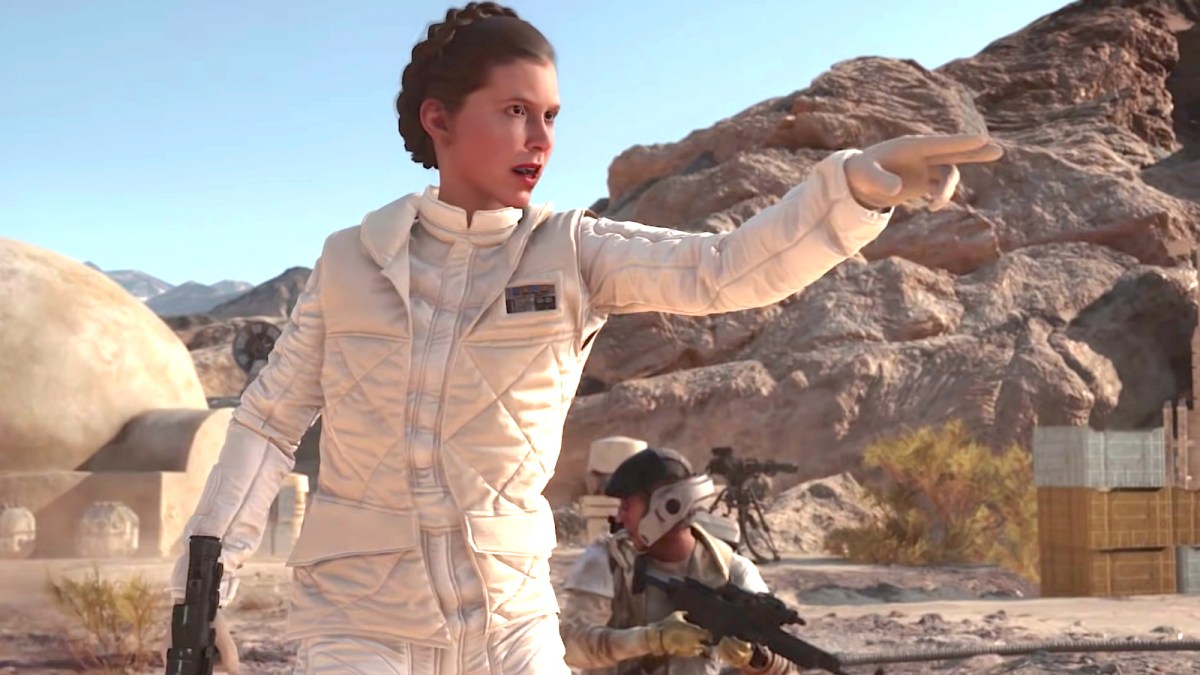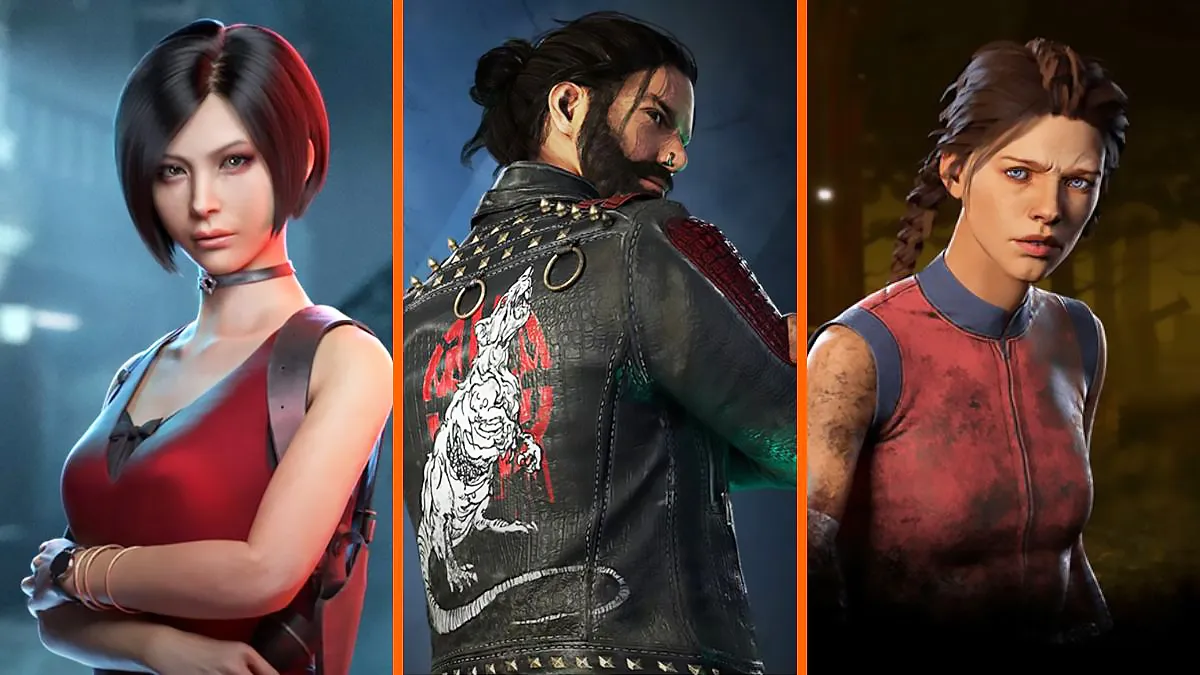Unfortunately, it’s time to address the elephant in the room: price. There’s no beating around the bush — at $150, the Super 64 isn’t exactly what you would call cheap, and whether or not the price of admission is worth it will largely come down to how much you care about video quality and how much time you want to spend playing your favorite N64 games. Of course, there are a handful of alternatives to consider, so let’s briefly go through each one, starting with the cheapest, and working our way up.
- Using your TV’s existing inputs — chances are, most gamers out there have already made the jump to a relatively new 1080p or 4K display. However, there’s always a chance your new (or new-ish) TV accepts legacy inputs. If composite video inputs are available, you can always go that route even though the video quality won’t be as good as S-Video (to be fair, the jump from composite to S-Video on the Nintendo 64 isn’t as huge of a leap as it is on other consoles, mostly due to the aforementioned anti-aliasing and horizontal blur baked right into the console’s hardware). If your TV does accept coaxial input, there are adapters you can buy to convert the yellow/white/red RCA connectors you’re probably familiar with, but frankly, doing so would result in the worst video quality you could imagine. Unfortunately, S-Video isn’t supported on newer TVs anymore, so unless you’re holding onto an old CRT, this probably won’t be an option unless you invest in more hardware. Speaking of which…
- Buying a generic analog to digital converter — if you’ve ever entertained the idea of busting out an old console on your modern TV, there’s a good chance you’ve run into a generic analog to digital converter online. These devices accept composite input and stereo audio, and (typically) spit out a 720p or 1080p signal over HDMI. Better yet, they are fairly cheap, starting at around $15 to $20, and going up to around $30 to $50 for units that accept S-Video input. Unfortunately, these devices are inexpensive for a reason. Unlike higher-end scalers like the Super 64, these products typically output a forced 16:9 aspect ratio, which means that the image that ends up on your screen will be incorrectly stretched out. But, in reality, that’s the least of your worries. For whatever reason, almost every one of these generic devices interprets 240p signals as 480i, which means that the signal coming out of your console will be deinterlaced for no reason, and believe it or not, most of the scalers inside modern TVs make this very same mistake. This issue manifests as a blurry image when you’re moving around on the screen, or when a screen scrolls in a 2D game. The forced deinterlacing will also cause combing artifacts on flashing images, and I haven’t even gotten into ringing artifacts on high contrast areas or the few frames of lag that most of these converters suffer from. The only benefit to going this route is, since all images from the console will be interpreted as 480i, games that switch resolutions on the fly won’t be prone to desync issues. While some might be content with the image quality, the slight increase to input lag and soft image are too much for me, personally.
- Investing in a high-end scaler/adapter — while the Super 64 might be the only plug-and-play adapter of its kind, there are plenty of other premium solutions on the market for those looking to play retro consoles on modern displays. Those who were taken back by the Super 64’s high price point may have immediately considered the RetroTINK-2X as an alternative. This no-frills device accepts S-Video, composite, and component (not 480p though) as input, and spits out a digital HDMI signal at either 480p or 576p. Personally, I’m not a big fan of the mini HDMI output that the RetroTINK makes use of, but like the Super 64, this particular device will accept 240p and 480i as input, and even features a smoothing feature of its own, not unlike the aforementioned Slick Mode. That being said, once you factor in the cost of the unit ($100), tracking down an S-Video cable for the Nintendo 64 (~$15), and a mini HDMI and USB cable (the RetroTINK requires an external power source), you’re probably looking at roughly the same cost as a Super 64. To be fair, the RetroTINK can be used with multiple consoles, and the image quality is very comparable, though I noticed the Super 64 doesn’t suffer from the same overmodulation of audio that the RetroTINK does — some users have circumvented the sometimes scratchy and garbled audio by running sound to separate speakers. Personally, I like the plug-and-play nature of the Super 64 myself, but if you’re looking to hook up multiple consoles, the RetroTINK might be a better solution.
- What about the Open Source Scan Converter or Framemeister? — widely considered to be top-tier when it comes to external scalers, the Open Source Scan Converter (OSSC) and Micomsoft’s XRGB-mini (commonly referred to as the Framemeister) are popular solutions for retro enthusiasts looking to bring their consoles into the HD era. Unfortunately, the OSSC doesn’t accept composite or S-Video, which means that you would have to buy yet another adapter or transcoder in order to fully support the Nintendo 64. While the Framemeister will provide superior image quality over the Super 64 (as it can scale and output up to 1080p over HDMI), it also costs around $400, and can only be imported from Japan. Sure, it can be used with other consoles, but it is a bulkier unit, it requires its own power source, and is really only recommended for serious retro enthusiasts who aren’t afraid to drop some serious cash and dive into the world of SCART, RGB, and more.
- Hardware mods — for those looking to obtain the best picture quality possible, you’ll have to resort to internal hardware modifications that tap into the Nintendo 64’s circuits to produce an extremely clean, digital signal. Like the OSSC and Framemeister, these mods are able to output higher resolutions such as 720p or 1080p over HDMI, and can even add effects like CRT bloom or scanlines, while those who prefer a simpler look can opt for sharp pixels with no extra filters. The UltraHDMI mod, for instance, can even disable the console’s forced horizontal blur, and the final output looks sharper and cleaner than the Wii U’s Virtual Console. Unfortunately, this route is expensive as well. Kits can be bought for around $175 or so, but availability is scarce (get ready to sign up for a bunch of email lists), and even if you manage to snag one, you’ll have to open up your console and perform a somewhat complex installation (I hope your soldering skills are up to snuff). Of course, you can always buy a pre-modded kit (or pay to ship off your console and have someone else mod it), but this usually costs between $300 and $400.
While the Super 64 might seem a tad expensive for the price, it turns out that EON’s newest product might actually be more versatile than I had originally thought. Believe it or not, the SNES and GameCube both use the same AV Out port as the Nintendo 64, which means that the Super 64 should be compatible with a handful of consoles. I say should, because there are some caveats. Unfortunately, the SNES’ original chassis does not feature the same recess as the Nintendo 64, and as a result, you won’t be able to simply plug in the Super 64, and the Model 2 revision removed S-Video support. That being said, if someone were to construct an extension cable for the proprietary Multi AV connector, you’d theoretically be able to use it on Nintendo’s 16-bit console. Oddly enough, the Super 64 plugs into the GameCube no problem, and I was able to briefly test out a few games. That being said, EON made it clear that they have not validated or tuned their adapter for the GameCube, and as such, cannot vouch for its quality. It’s worth mentioning that HDMI plug-and-play adapters exist for the GameCube, and when comparing the Super 64 to Insurrection Industries’ CARBY adapter, I found that the colors on the Super 64 were slightly more washed out. To be fair, the CARBY is tapping into the GameCube’s digital 480p signal, while the Super 64 (which isn’t validated for this particular console) is stuck with having to deinterlace 480i.
UPDATE: There’s a chance the washed-out colors when using the Super 64 on a GameCube are a result of mismatched black levels. That being said, for those looking for the best video quality on their GameCube, you should consider an HDMI adapter (such as the CARBY or GCHD from EON, which takes advantage of the console’s digital out port)
As someone who isn’t too fond of the idea of gutting and cutting my precious Nintendo 64 to get the best picture quality possible, EON’s Super 64 is the answer to all of my problems. I’m certain that some out there will be more than content with emulation, clone consoles, or settling for substandard video quality, but those who prefer playing on real hardware (myself included) have, one way or another, had to make concessions. Sure, the Super 64 falls short of perfection in some areas — native 720p or 1080p output would have been great to see, and official support for the SNES or GameCube would go a long way to increase its value proposition — but at the end of the day, it’s the best plug-and-play solution for those who want to jump back into retro gaming with no added complexity.
This review is based on a retail hardware unit, which was provided to us by EON Gaming. All video and screenshots were taken with an Elgato HD60 capture card. Testing was done on an original, unmodified Nintendo 64 hooked up to a Samsung KS8000 4K TV.






